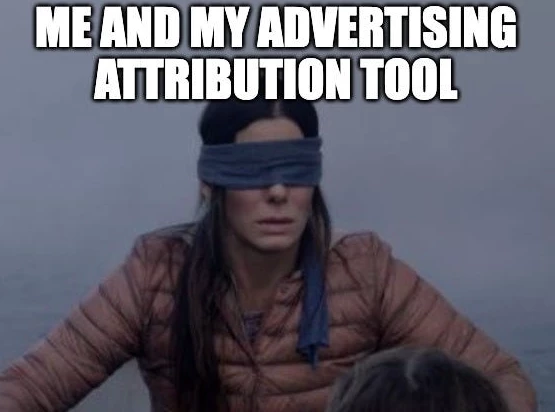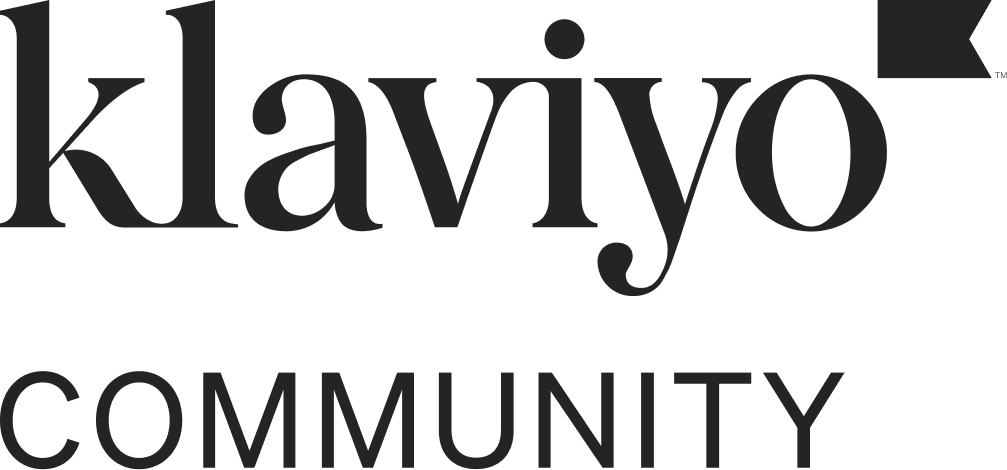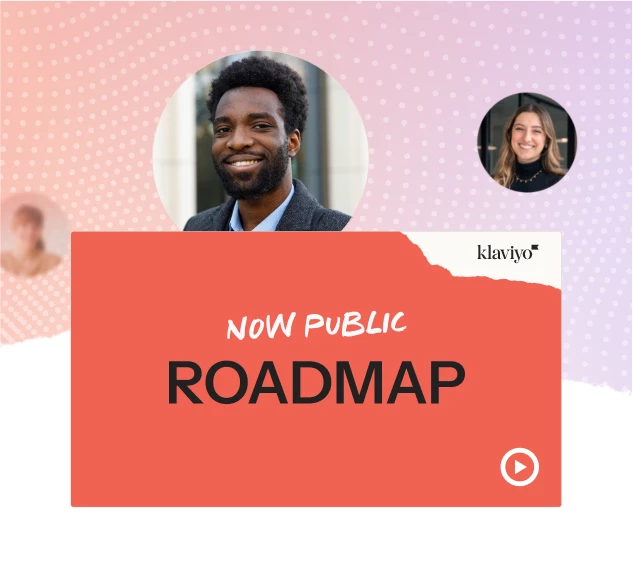Lead ad attribution was never easy, until now.
For years in my roles across marketing for B2C brands at FABO, a holistic growth partner for ecommerce brands working in the lifestyle and apparel industry, I’ve noticed something unsettling. It’s never been easy to understand the return on lead ads, the paid ads you advertise to grow your email and SMS lists.
Brands I’ve worked with kept asking for clearer attribution, but data is often buried deep within event payloads, making it nearly impossible to accurately measure what lead ads were actually driving in terms of revenue.
In an effort to solve this problem for my clients, I've developed what I call Lead Ad Performance Value (LAPV), a framework that automatically tracks and measures the true performance of lead ad campaigns over time. And the results are incredibly valuable: one recent campaign showed how a leads to landing page strategy outperforming traditional lead ads by 397%.
The attribution black hole problem
Here's the issue most marketers face: when someone fills out the form from a lead ad, that data gets stored in event payloads, making it difficult to measure its impact accurately.

You can see how many leads you got, their AOV and their engagement data - but you can't see how much you've gained from it because of the way the data is stored, making your customer lifetime value (CLTV) on paid leads almost impossible to calculate
Of course, marketers can work manually. Before developing LAPV, every time someone filled out a lead ad, I waited for their first event to populate in Klaviyo, then manually tagged that customer with properties that would allow me to create reports later.
The manual process worked, and it was almost 100% exact data, but it wasn't scalable. For agencies working with multiple clients running lead ads campaigns, manual tracking quickly becomes difficult to manage. New campaigns arise, and if the manual tagging structure isn’t constantly updated, the data isn’t accurate.
Klaviyo's attribution model typically looks at a 5-day window and maps conversions to single emails or SMS messages, though you can customize the window.
But leads often convert outside of these direct touchpoints; shoppers might browse your site independently and make purchases without clicking through an email. The sale still happens but the credit to their original signup source gets lost along the way.
Without proper tracking, you don’t have all the data you need about one of your most important—and costly—acquisition channels.
So, I recently built a webhook that takes that data and puts it into customer profiles, enabling you to actually measure impact, CLTV and AOV on your lead ads campaigns.
How LAPV works
My solution uses a webhook to automatically transfer lead ad data from event payloads to customer profiles. Here's the simplified process:
| Step 1 | Step 2 | Step 3 |
| Ensure you have the Meta integration set up in Klaviyo. | Run at least one lead ad campaign so the "filled out lead ad" property metric appears in Klaviyo. | Build out your webhook using the populated event structure. |
The webhook automatically tags new leads with campaign-specific properties, allowing you to track their entire customer journey and lifetime value, not just their immediate response to email campaigns.
Lead ad attribution tip: When setting up lead ads, always exclude existing subscribers from your targeting. There's no reason to pay for them again when they're already there. This might seem obvious, but I see brands paying for leads they already have in their owned audience.
Find an “obvious winner”: the goal of attribution
In 2024, our brand was using lead ads to collect emails for early access to a client’s Black Friday sale, offering subscribers exclusive access and additional discounts.
Typically, for Black Friday Cyber Monday (BFCM), we do everything we can to get our message in front of anyone who might engage with it. That means moving beyond just collecting leads on-site to collecting leads on Meta with messaging offering early access to new subscribers.
The key was creating exclusivity around the offer. Instead of generic "15% off" lead magnets, we offered early access to a major sale event. This approach generated higher-quality leads who were genuinely interested in purchasing.
I knew my LAPV framework was working when I had attribution so accurate, I was able to compare lead ad performance to landing page performance for the same campaigns.
In that case, traditional Meta lead ads underperformed dramatically while landing pages generated 397% better results.
This insight completely changed our strategy. We now invest more money in creating really beautiful, intuitive landing pages, getting people on-site via a leads to landing page strategy, and then creating that experience that makes them want to sign up for email, SMS, or push. Once we have them onsite, they get the full experience instead of the little video you can put inside the Meta ad.
The approach works so well for our brands because prospects get proper product education and brand storytelling before opting in, resulting in more qualified leads who are ready to purchase when they sign up.
The ongoing value revelation
LAPV doesn't just measure immediate campaign performance; it reveals the long-term value of leads over time. My dashboards show lead performance month by month, revealing whether leads continue to purchase beyond their initial conversion.
If I had created a report in July, I would have missed out on probably half of the revenue. This framework allows me to correctly monitor leads over time so I get a solid understanding of how marketing budget should be spent.
This long-term view is crucial for accurate ROAS calculations and budget allocation decisions. For instance, a campaign might look mediocre in month one but prove highly valuable over a 6-month period.
LAPV has completely changed how we approach lead ads for our clients, including creative testing and optimization. It's become an especially valuable tool for our paid social team because now they can actively measure the impact of the money they're spending.
We've had some real eye-openers. The data showed us very clearly that lead ads performance is not always the best fit for every campaign. You should invest in lead ads with the correct campaigns essentially. You shouldn't just set up a lead ad to get 15% off—it should be a more exclusive offer because otherwise your conversion rates are going to hurt.
For agencies and brands serious about lead ad attribution, LAPV provides insights that change everything:
- True ROAS calculation: See exactly how much revenue each lead ad campaign generates over time and which campaigns are bringing you valuable subscribers.
- Budget optimization: Know which campaigns deserve more investment and which should be paused.
- Creative testing insights: Understand which ad formats and landing page approaches generate the highest-value leads.
- Long-term planning: Make decisions based on customer lifetime value, not just immediate conversions.
The most significant hurdle for marketers wanting to implement this system? Setting up the webhook itself, because it requires some technical knowledge and comfort with Klaviyo's event structure and understanding how data flows through the platform.
But once it is set up? You have all the data you need right at your fingertips.
Beyond lead ad attribution
I've expanded the webhook concept beyond lead ads attribution. I've created similar systems that give further nuances into the lead reporting framework, that gives a more holistic view of actual performance.
- Multi-platform tracking: The framework also works with TikTok lead ads, not just Meta. It requires another webhook, but I’ve found that leads from Tiktok have a higher conversion rate compared to Meta leads.
- Landing page attribution: Tracking leads generated from paid traffic to custom landing pages through custom properties.
- New leads vs. existing leads: For brands running frequent drops and big campaigns: are you truly attracting new valuable subscribers, or just converting the same existing leads again and again?
- Paid vs. organic leads: Don’t forget the UTM touchpoint—it’s almost always hidden inside the form submission event. This data is pure gold when planning your next drop or major campaign.
So when you’re building your BFCM strategy and allocating spend across channels, why not base it on real impact?
The data is already in Klaviyo. It all comes down to how you structure it, read it, and act on it to know exactly which channels bring you valuable leads that turn into superfans over time.
How are you approaching lead ad attribution in your campaigns? Let me know below.





